Tomáš Jamník, Ivo Kahánek - Martinu, Eben, Sluka: Works for Cello & Piano (2008)
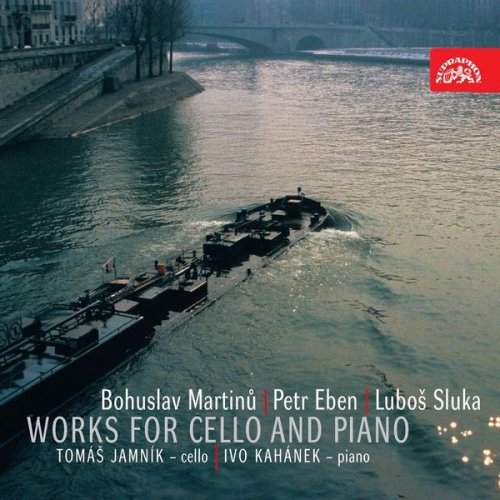
Artist: Tomáš Jamník, Ivo Kahánek
Title: Martinu, Eben, Sluka: Works for Cello & Piano
Year Of Release: 2008
Label: Supraphon
Genre: Classical
Quality: FLAC (tracks)
Total Time: 01:08:59
Total Size: 252 Mb
WebSite: Album Preview
Tracklist:Title: Martinu, Eben, Sluka: Works for Cello & Piano
Year Of Release: 2008
Label: Supraphon
Genre: Classical
Quality: FLAC (tracks)
Total Time: 01:08:59
Total Size: 252 Mb
WebSite: Album Preview
01. Cello Sonata No. 3, H. 340: I. Poco andante. Moderato (00:07:40)
02. Cello Sonata No. 3, H. 340: II. Andante (00:06:24)
03. Cello Sonata No. 3, H. 340: IV. Allegro ma non presto - Poco vivo (00:05:37)
04. Suita balladica for Cello and Piano: I. Introduzione e danza. Andante rubato - Allegro (00:06:51)
05. Suita balladica for Cello and Piano: II. Quasi mazurka. Tempo di mazurka, ma molto con fuoco (00:04:53)
06. Suita balladica for Cello and Piano: III. Elegia. Adagio - Poco piú mosso (00:08:05)
07. Suita balladica for Cello and Piano: IV. Toccata. Vivacissimo (00:04:14)
08. Sonata for Cello and Piano: I. Andante sostenuto - Poco piú mosso (00:04:13)
09. Sonata for Cello and Piano: II. Allegro energico (00:10:38)
10. Variations on a Slovak Folk Song for Cello and Piano, H. 378 (00:10:24)
Total length: 01:08:59
Label: SUPRAPHON a.s.
Having already checked off the second (and by far most popular) cello sonata of Bohuslav Martinu in his first album for the Supraphon label, cellist Tomás Jamnik (all of 23 years old at the time of this recording) has set his sights on Martinu's Third Cello Sonata. Other works on this program include the Suita balladica for Cello and Piano of Petr Eben and the Sonata for Cello and Piano of Lubos Sluka. All of these works share not only a common Czech pedigree, but were composed within about five years of each other. Though they were all heavily influenced by the Czech folk music tradition, they are stylistically contrasting, resulting in a thoroughly enjoyable program of works not likely to be found anywhere else. As in his first album, Jamnik again proves himself to be an artist to watch. His technique is remarkably well developed and he skips nimbly around his instrument with apparent ease. His understanding of the score is readily apparent and his ability to create true, collaborative chamber music with pianist Ivo Kahánek is nicely developed. Where Jamnik continues to struggle, however, is in producing and maintaining long, continuous musical lines. Too often, the rhythmic complexity and intricacy of the music just gets in the way of sustaining musical phrases, a fact that unfortunately makes listeners lose their attention from time to time. Still, the program is fantastic and Jamnik's technical skills are something to behold; here's hoping he continues to develop his musical skills to the same level.
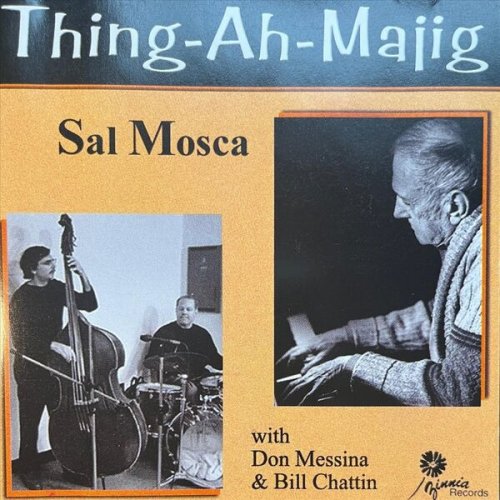

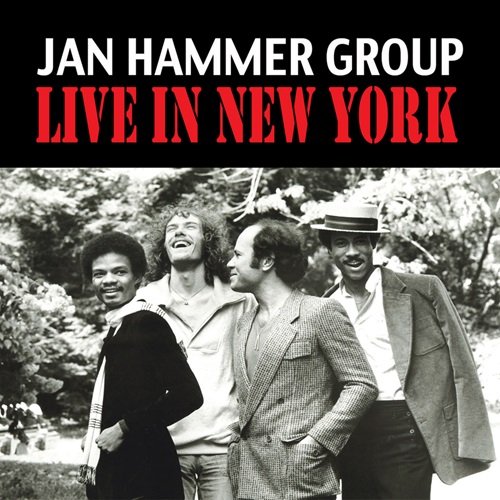
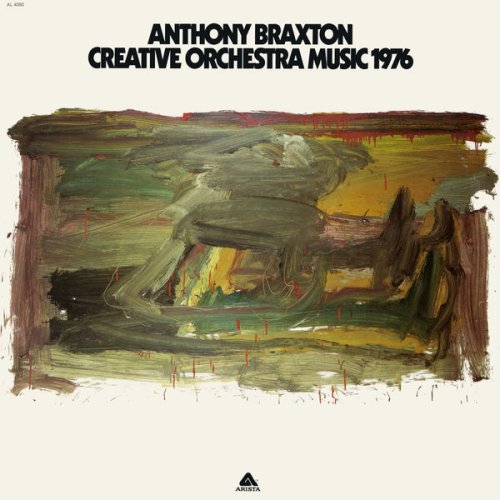
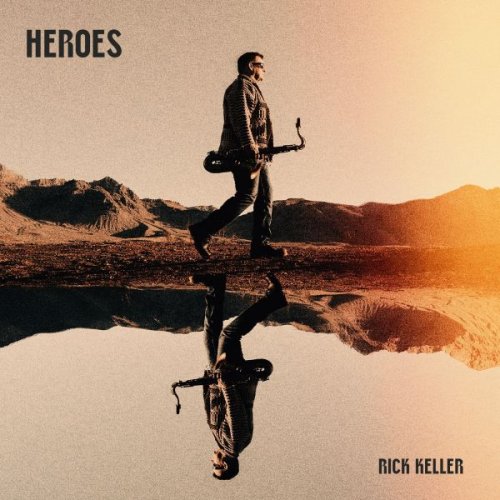
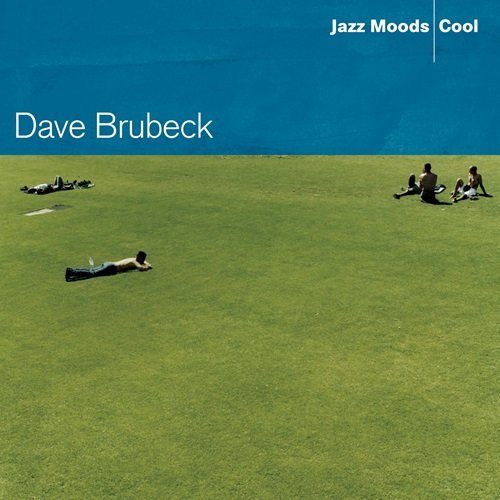
![Black Flower - Abyssinia Afterlife (2014) [Hi-Res] Black Flower - Abyssinia Afterlife (2014) [Hi-Res]](https://img.israbox.com/img/2025-12/21/anj3jk2va3pc3i9y3pv0m7zde.jpg)
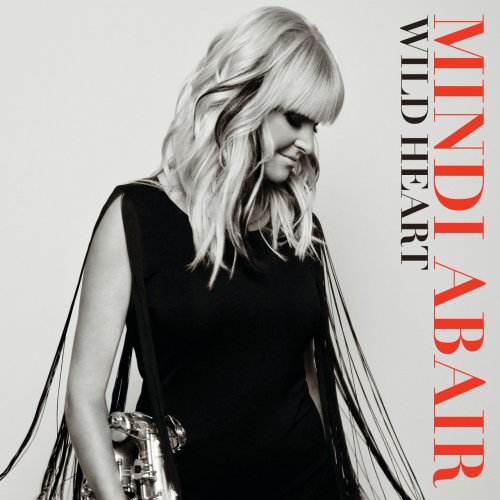
![Reggie Watts - Reggie Sings: Your Favorite Christmas Classics, Volume 2 (2025) [Hi-Res] Reggie Watts - Reggie Sings: Your Favorite Christmas Classics, Volume 2 (2025) [Hi-Res]](https://img.israbox.com/img/2025-12/21/cn1c8l2hi7zp9j05a5u7nw49g.jpg)